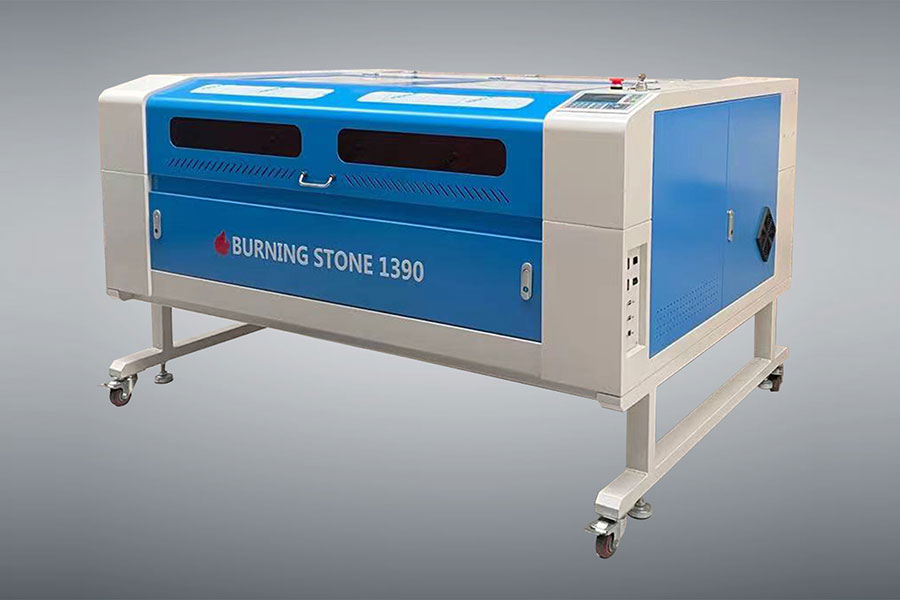
Harmless.
Principle: Laser is a type of light that, like other natural light, is generated by the transition of atoms (molecules or ions, etc.). But it is different from ordinary light. At the beginning, the laser only depends on a very short period of spontaneous emission, and the subsequent process is completely determined by stimulated emission. Therefore, the color of the laser is very pure, with almost no divergence direction, and extremely high luminous intensity and high consistency.
Laser cutting is achieved by applying high power density energy generated by laser focusing.
Under the control of a computer, the laser emits controlled repetitive high-frequency pulses through pulse discharge, forming a beam of light with a certain frequency and pulse width. The pulsed laser beam is transmitted and reflected through the optical path, and passes through the focusing lens. The group focuses on processing the surface of objects, forming tiny high-energy density light dots. The focus is located near the surface to be processed, and the processed material melts or vaporizes at instantaneous high temperatures.
Each high-energy laser pulse instantly sprays a small hole on the surface of the object. Under the control of a computer, the laser processing head and the processed material move continuously relative to and dot according to the pre drawn pattern, thereby processing the object into the desired shape.
Suitable materials for laser cutting machines:
(1) Carbon steel plate cutting:
Modern laser cutting systems can cut carbon steel plates with a maximum thickness of close to 0 or 1mm. The Heat-affected zone of laser cutting low-carbon steel is very small, and the incision is flat, smooth and vertical. For high carbon steel, the cutting edge quality of laser cutting is better than that of low carbon steel, but its Heat-affected zone is larger.
(2) Stainless steel cutting:
Laser cutting makes it easier to cut stainless steel plates. Adopting a high-power YAG laser cutting system, the maximum thickness of stainless steel can reach 4mm.
(3) Cutting of alloy steel plate:
Most alloy steel can be cut with laser, and the blade quality is good. However, tool steel and hot work mold steel with high tungsten content will produce corrosion and slag inclusion during laser cutting.

